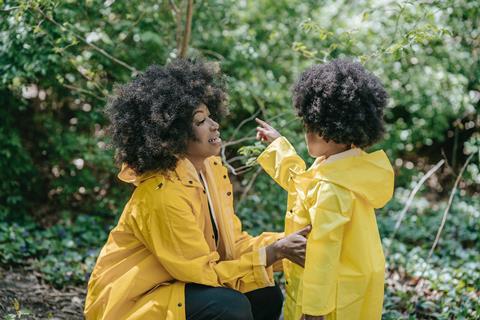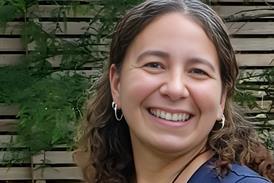Speaking to children about race in an open and appropriate way can be a challenge. Loretta Andrews, author of Talking to Children about Race gives her five tips for tackling the tricky topic.
Allow children to ask questions

Children are curious and inquisitive by nature and although they seem to have a knack of asking the most embarrassing questions, at the most awkward times, they are fantastic learning moments if you lean into them. Don’t squash or dismiss their questions even if you find it uncomfortable. Take the time to have a conversation about what sparked the question and give an honest and clear (age appropriate) answer. If you don’t know the answer, go on a learning journey with them and find out together through books, videos or other research.
Don’t shame a child if you see or hear them being racist
It’s important not to shame a child if you see or hear them being racist. Instead, take them aside and have a conversation about it. Ask them where they saw or heard the word or notion you witnessed and ask them if they understand what it means. If not, explain and then ask them how they feel about it. Prompt them to think about how the other child might feel and how they would feel if it was them. Children can be incredibly empathetic, and this approach is more likely to help them have a different response in the future rather than shaming them about it.
Explain to your child why racism is wrong, don’t just tell them not to do it
It’s important to not only say ‘We don’t say that’ but also to help children understand why. Explain what racism is and what it means for people of colour. Go as far as to explain that it goes beyond just being unkind to someone; say that history has not treated people of colour fairly and that you don’t want your family to be a part of that unfairness continuing.
Children are not colour-blind and nor should they be
In the past some have had the attitude that if we don’t mention colour then it won’t be an issue. Others proudly announce they don’t ‘see’ colour. Neither of these sentiments are particularly helpful. People often comment that children are naturally ‘colour-blind’ to race. I don’t think this is actually true; I just think it does not attach any (negative) meaning for children at a very young age. The aim is not for people to ignore colour but to not hold it against them and to even celebrate the beautiful diversity in the world where we can. It is therefore important to start young and keep it age appropriate when talking to your children about race and racism.
Make sure you are modelling anti-racist behaviour yourself
Remember to be mindful of the fact that our children learn through observing us; what we model for them will be their primary source of information. This includes not only what we say but also what we don’t say, as well as what we do and don’t. Education about racism has to start in the home.

































No comments yet